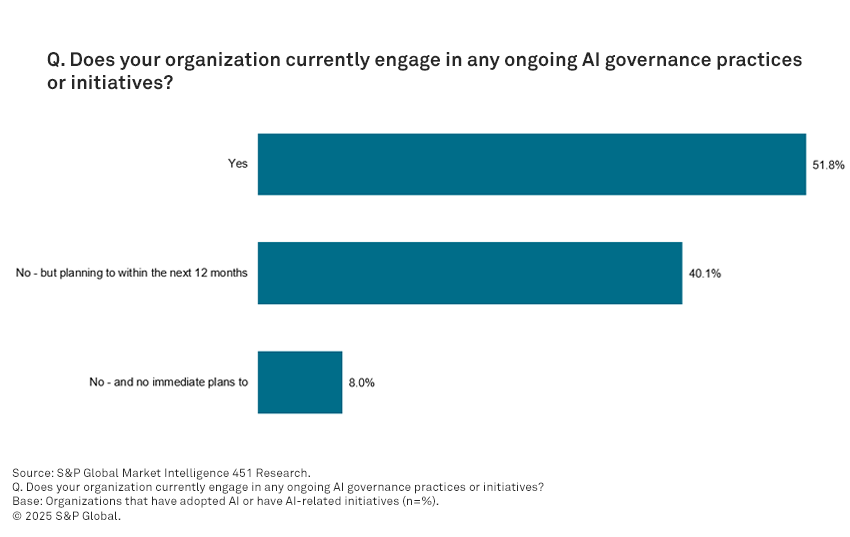
Source: AlexSava/Stock Photos/Hiking/via Getty images.
The landscape of Software-as-a-Service (SaaS) is undergoing transformative changes, which are set to redefine the way organizations manage their security posture. As SaaS continues to evolve, IT decision-makers must stay ahead of these shifts to ensure robust security measures are in place. In part one of this two-part blog post series, we covered current trends in SaaS security posture management (SSPM). In part two, we’ll explore the challenges that lie ahead.
Future trends in SSPM
The integration of generative AI (GenAI) architectures within SaaS platforms is poised to revolutionize the industry. This shift is expected to transform traditional SaaS vendors into service-as-software providers, capable of performing knowledge work rather than merely supporting knowledge workers. As a result, SSPM must adapt to these generational changes by establishing trust and transparency while guarding against new risks.
Challenges in aligning SSPM with SaaS ecosystems
SSPM faces significant challenges in aligning with the shifting motivations and models of the SaaS ecosystem. With the proliferation of emerging SaaS offerings, there is a pressing need to support these platforms safely and securely. Additionally, tiered licensing can impact SSPM integration effectiveness, presenting further hurdles for security management.
The role of compliance automation
Compliance automation has become a cornerstone in demonstrating security posture and driving platform consumption. By democratizing compliance standards, it allows SaaS vendors to document secure designs, accelerating sales and distribution. This automation plays a crucial role in ensuring that security practices are embedded within core offerings.
Impact of GenAI architectures
The introduction of GenAI architectures will necessitate new governance and transparency measures for model performance and customization. In a recently conducted 451 Research, a part of S&P Global Market Intelligence survey, among organizations that have adopted AI or have AI-related initiatives, 52% report engaging in AI governance practices. SaaS vendors must provide assurances to enable users to safely operate agentic AI, while efforts to understand or “red team” GenAI applications are only just beginning.

Integration and dependence on SaaS platforms
SaaS vendors are increasingly motivated to reduce churn and improve revenue by integrating their offerings with other solutions. This strategy maximizes enterprise dependence and is driven by strong APIs that facilitate richer integration with enterprise technology stacks. Consequently, SSPM effectiveness is influenced by the strength of these APIs.
Third-party risk management
The rise of third-party risk has prompted SaaS vendors to strategically design security into their core offerings. Compliance automation and security questionnaires have become standard practices to manage these risks, ensuring that security is a fundamental aspect of SaaS solutions.
Maturation of security practices
The SaaS industry is maturing in its approach to security, particularly for business-to-business use cases. Vendors are increasingly embedding security into their core offerings and adhering to compliance standards like SOC 2 Type 2, reflecting a shift towards more sophisticated security practices.
Shared destiny of SaaS vendors and enterprise customers
SaaS vendors, SSPM providers, and enterprise customers are driven toward a shared destiny rooted in security, trust, service, and outcomes. Enterprises must lead the way in safely and economically deploying SaaS offerings, ensuring that all players align with current and future economic motivations.
Strategies for reducing churn and improving revenue
To reduce churn and improve revenue, SaaS vendors are integrating their offerings with other solutions, creating competitive moats through network effects and telemetry. Efficient cross-selling and upselling through third-party marketplaces further bolster their strategic goals.
Want insights on emerging technology trends delivered to your inbox? Join the 451 Alliance.
This content may be AI-assisted and is composed, reviewed, edited and approved by S&P Global in accordance with our Terms of Service.

